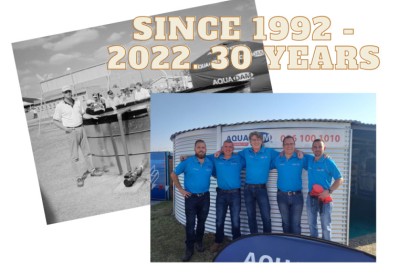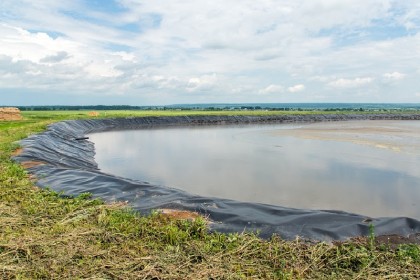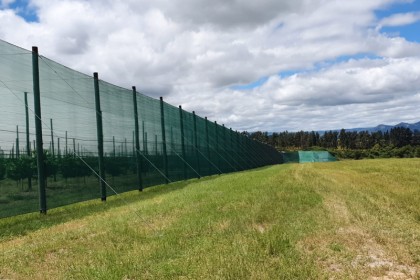CCA-Treated Poles For Shade Netting
Agricultural shade netting projects are becoming more widely used in South Africa, to try and reduce climate-related risks. The 2020 Sustainable Agriculture report mentions.
“There has been a significant increase in UF (undercover farming) in the Western Cape over the past five years. Shade netting has increased by 171% from 2013 to 2018 in terms of area under production. The number of tunnel structures has increased by 55% for the same time period.”
These nets aid in reducing the potentially harmful effects of wind, sunburn and hail, insects, birds and drought. The agricultural industry utilises agricultural netting projects in South Africa to protect both vegetable and fruit production in helping provide good conditions for produce to photosynthesise, increase humidity and decrease evaporation, and improve photomorphogenesis.
CCA-treated gum poles are often used in this kind of project on a large scale to secure and give structure to the netting. But this being said, there are various kinds of netting projects.
- Individual Row Shade
- Small Field Shade
- High Tunnel Shade
INDIVIDUAL ROW SHADE
Constructing shade structures over individual rows is relatively simple. Arched support is spaced uniformly down the row and the shade cloth is attached to this frame. Supports can be made from conduit piping, PVC, high-tensile wire, or some other Electrical conduit pipe that has worked well in projects.
SMALL FIELD SHADE
Horizontal shade structures can be constructed over multiple crop rows by installing posts (T-post, various gum pole sizes of CCA treated poles or metal) and high tensile heavy-gauge wire to support the shade cloth.
HIGH TUNNEL SHADE
Applying shade over an existing high tunnel works well because no additional support material is needed. Shadecloth can be installed over the high tunnel plastic or can be installed after the plastic has been removed. It can be installed in large blocks with CCA poles as is being done in South Africa for berry producers and citrus producers.
Utilizing agricultural netting results in a large return on investment through increased crop yield and allowing fruit and berries to reach their optimum ripeness and sugar contents. In many cases, the amortization costs are recovered in the first year of use. By using proper handling, the netting can be expected to last up to ten years.
But in saying this, there are some considerations to take into account.
- Heavy clay and rocky soils, will prove more difficult to set up initially than loam soils. This also applies to slope gradients and the shape of the orchard.
- Rectangular shaped orchards are easier to cover and maintain than odd shapes, or shapes that end in angles like with watercourses.
- The size of the orchard will also determine how many poles are required. If under 2 hectares, for example, a higher proportion of outside poles and anchors will be needed relative to the inside poles; whereas very large orchards will necessitate thicker cables and anchors than smaller orchards.
CCA-treated gum poles are an integral part of the structure for these agricultural netting projects in South Africa.
WHAT IS CCA?
Chromated copper arsenate (CCA) is a wood preservative containing compounds of chromium, copper and arsenic in various proportions. It is used to impregnate timber and other wood products, especially those intended for outdoor use, in order to protect them from attack by microbes and insects. Like other copper-based wood preservatives, it imparts a greenish tint to treated timber.
WHAT ARE THE BENEFITS OF CCA-TREATED POLES?
- Wood requires less energy to produce than aluminium and plastic and it is biodegradable – making it a more environmentally conscious choice of building material.
- Wooden poles are lightweight and can be easily cut to the required size.
- CCA-treated poles are more environmentally friendly and easily handled than creosote poles.
- CCA-treated poles are resistant to moisture, which prevents microorganisms from growing on them.
- Treated gum poles prevent the wood from being damaged by insects and pests.
- Treated poles are fire-resistant, and thus safer than untreated poles.
- CCA-treated poles are more durable than natural wood and require little maintenance.
At Prime Poles, we specialise in the treatment and bulk supply of high-quality, CCA-treated gum poles in various sizes, laths and droppers for all your project needs.
Get in touch for a free quote:https://www.primepoles.co.za/#contact.
Source: Digitalcommons, Haygrove, Megashade, Farmers Weekly
For more agricultural products and services, click here.












